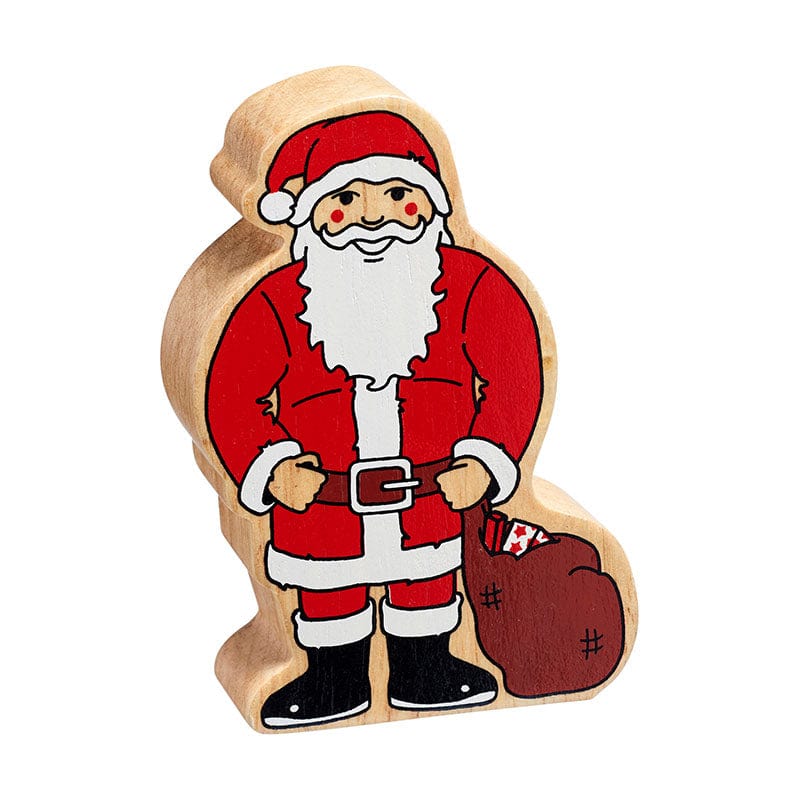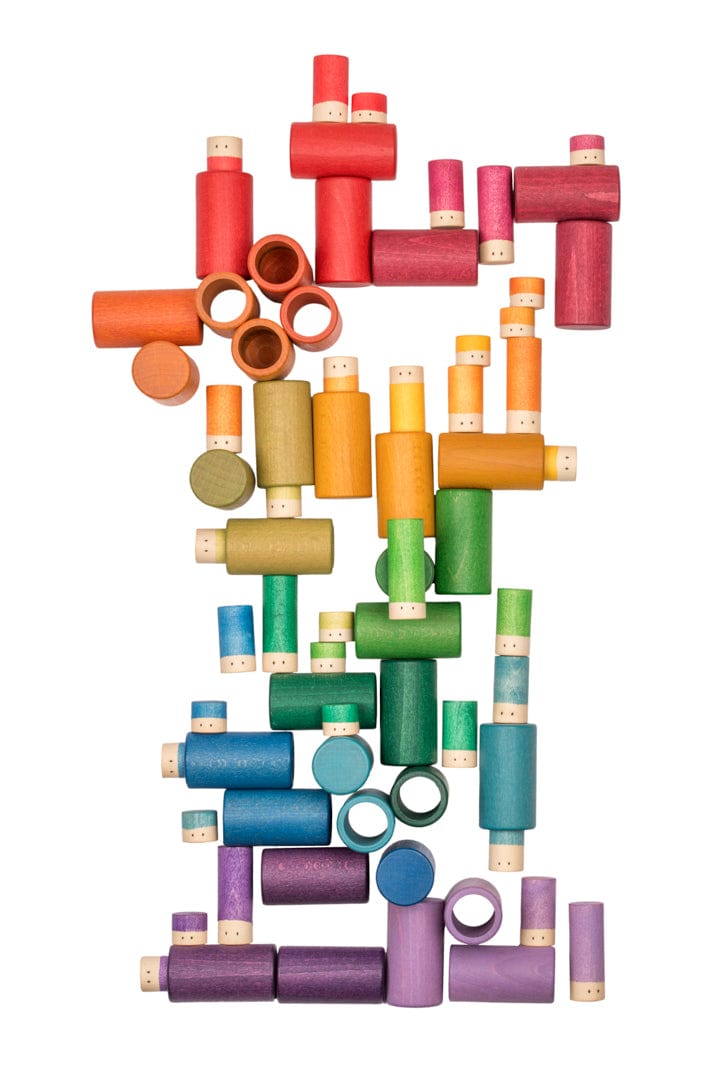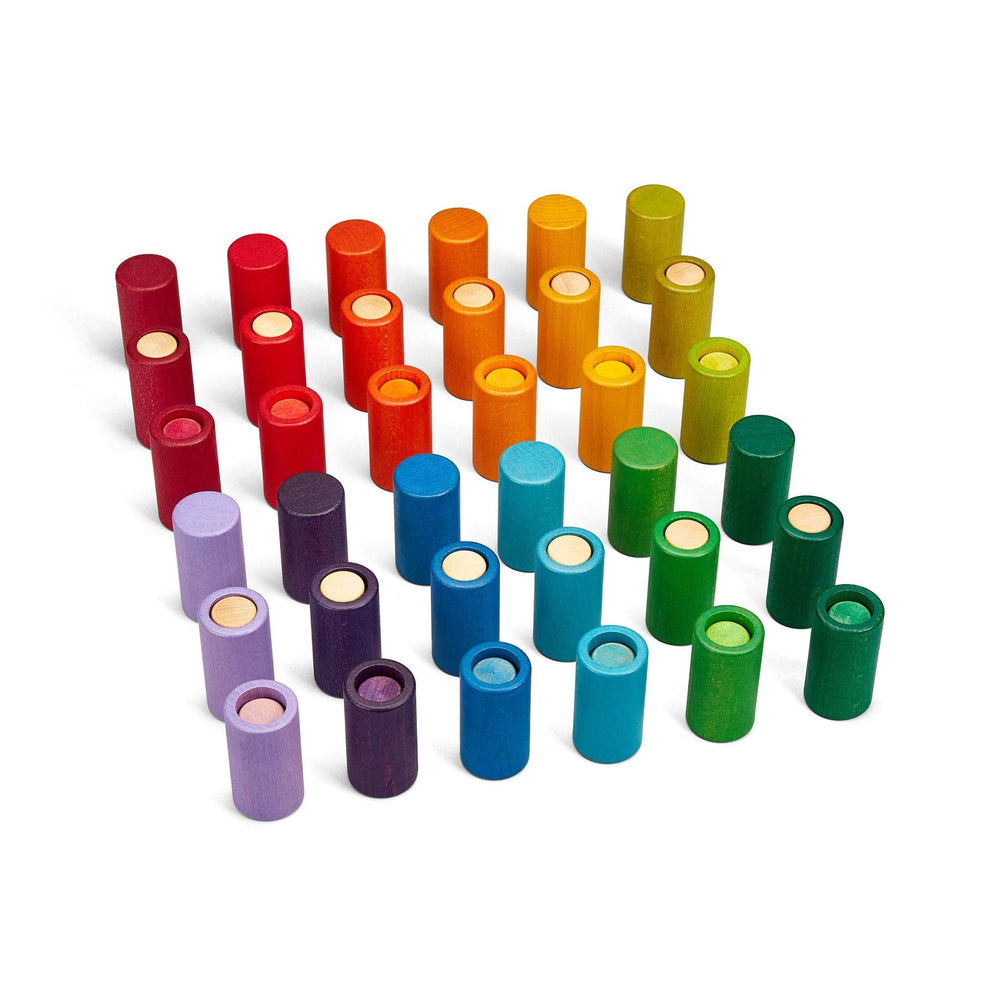Is my baby teething? Signs, symptoms and how you can help ease the pain.

For most new parents teething is a mystery. We’re often so pre-occupied with pregnancy, birth and adjusting to life with a newborn, and rightly so, that teething isn’t on our agenda. The first three months fly by in a new baby, sleep deprived haze and before you know it baby is chewing on their fists, fussy and drooling and every other person you meet seems to ask ‘are they teething yet?’.
So how do I know if my baby is teething?
Signs and symptoms of teething differ for everyone but there are some common ones you may spot:

Many of the symptoms of teething are also associated with minor illnesses such as colds and infections as well as normal baby behaviour. Which baby doesn’t experience sleep disturbance and irritability in the first few months (or years!). It’s often hard for parents to know whether the baby is actually teething and if so how they can help. If you think your baby might be unwell you should always seek advice from a health professional to rule out illness.
When do babies start teething?
There’s no simple answer but the average age is around six months. Some babies cut their first tooth by three months old and others can be 12 months or older before they get their first teeth. However, babies can be ‘teething’ or experience the symptoms of teething well before that first tooth pops through.
How long are babies teething for?
Most children will have all their teeth by the time they are 2.5 years old. The textbook pattern is incisors (front teeth) bottom then top, lateral incisors (either side of the front teeth), first molars, canines, second molars but not all children will follow this pattern exactly.
How can I help my baby when they are teething?
Teething is frustrating for everyone. Baby may be grumpy or be obviously in pain and often it’s hard to know how to help so here are some ideas.
Give them something to chew on.
Teething toys come in all shapes and sizes. Hand held teethers are great for babies to gnaw on. Choose one that is soft on gums and textured to help massage sore spots. Teethers which can be refrigerated are great for soothing sore gums too. Our favourite is this Lanco Panda Teether made from natural rubber.
Chilled fruit slices are natures teethers and frozen bananas were also a big hit with my own boys (they stay soft even when frozen). Many babies like to chew on their own fists or a (clean) finger!

Teething Gels & Powders
There is a vast variety available but they all aim to do the same thing. The best ones I used with my boys were Nelsons Teething Powders which are 100% natural.
Distraction
Easier said than done but if you can take their mind off the pain it helps. Go for a drive, a walk with the buggy or carry them in a sling. Whatever usually works to comfort your baby might also help when they are teething.
Traditional Pain Relief
Paracetamol or Ibuprofen can help to ease teething pain and bring down a temperature.
Massage
Brush gums with a baby toothbrush as gentle pressure or massage can be soothing for sore gums.
Dribble Proofing
Use coconut oil, baby balm or a barrier cream for dribble rashes and a bib is essential when baby starts drooling some even have a chewy teething corner for when they need something to chomp on. Our favourite bibs are Close Parent, they catch dribble and have a waterproof layer to keep cloths dry.
Teething sucks, actually it bites, but the good news is that it doesn't last forever. Like every aspect of raising little humans, it’s a phase which will eventually be over. In the meantime try a few of the remedies mentioned here and eventually you’ll find a combination that works for your baby.
Let me know how you get on!
Natalie xx










Leave a comment